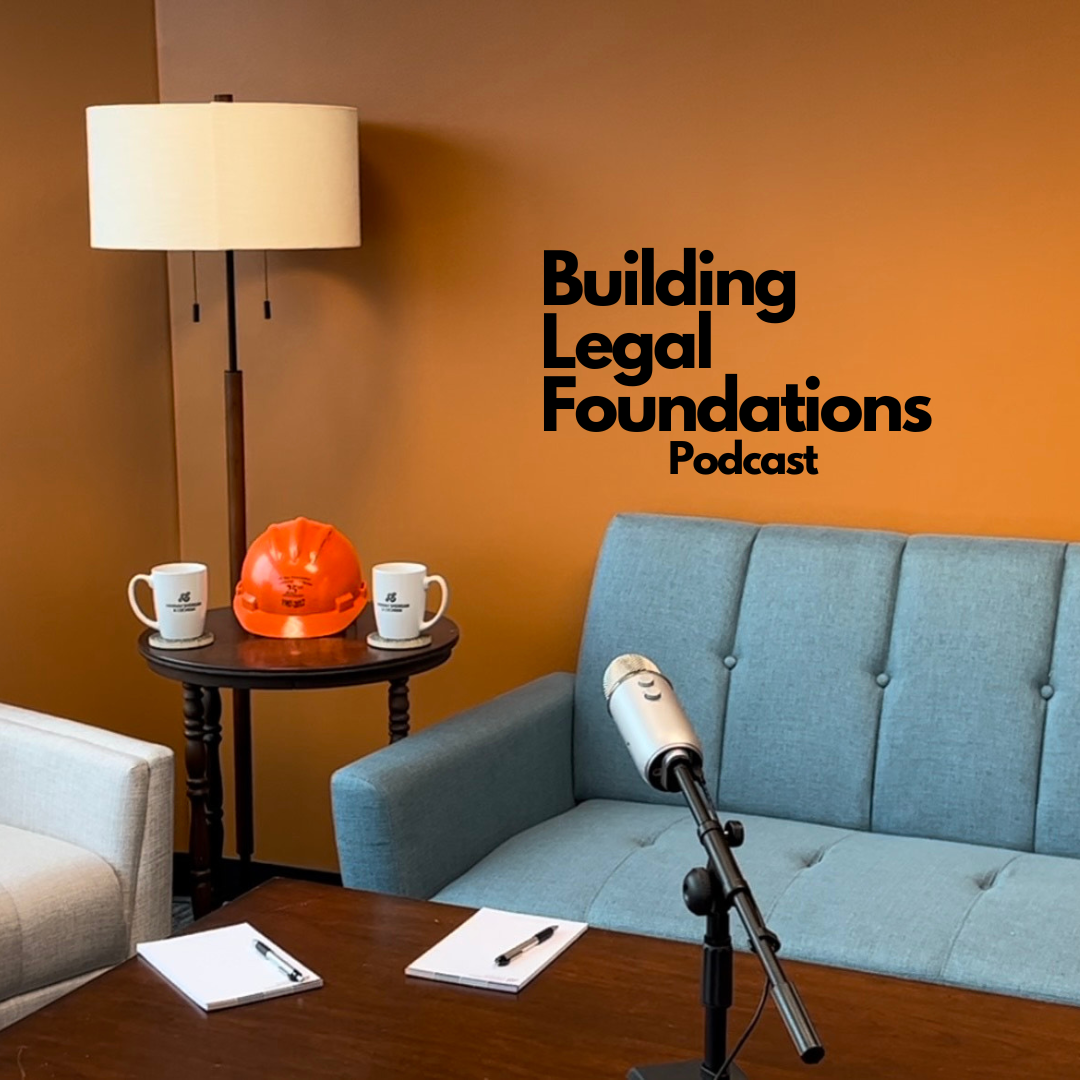Hannah Sheridan & Cochran's own podcast, previously available via Spotify, is now available to listen…
Types of Judgments
When a creditor desires to collect a debt from a debtor, they must first receive a judgment. There are several types of judgments that will suffice in this situation. The pretrial types of judgments are as follows: Confession of Judgment, Consent Judgment, Default Judgment. And Summary Judgment.
A Confession of Judgment is a judgment that is filed when the debtor admits that there is a debt and agrees the judgment may be entered against the debtor. This type of judgment can only be entered when there is no pending litigation regarding the matter. If a Defendant signs a Confession of Judgment, they forfeit any rights that they have to dispute any claim as to this debt in the future. Note that this type of judgment can be used in concert with a promissory note or payment agreement. Often, after a lawsuit is filed, a debtor will agree to make payments and a note or agreement and Confession of Judgment are executed, then the pending lawsuit is dismissed as the parties shift their reliance to the note and Confession.
A Consent Judgment is used when there is pending litigation and the debtor admits to the debt but is not able to pay the full amount of debt at that time. This type of judgment is essentially a settlement agreement between the parties that will be filed as a judgment on the debtor as part of the pending litigation and is enforceable as such. Typically, in the case of a consent judgment, the creditor agrees not to execute on the judgment for as long as the payments are being made.
If a debtor completely ignores a Summons and Complaint, then a Default Judgment is available to the creditor. This type of judgment results from a Defendant’s failure to respond to a complaint. To obtain a Default Judgment there must be a verified complaint filed for a sum that can be determined with certainty by the information provided in the Complaint. If there is no Answer to the complaint within the time permitted by statute, the Plaintiff files a Motion and Affidavit for Entry of Default along with an Entry of Default (Order) which provides the requisite information that service was proper and the defendant has failed to respond. The Plaintiff then files a Motion for Default Judgment and submits a Default Judgment to the Court. The Court will enter the Default Judgment in the amount that is claimed in the Complaint plus interest, and attorney’s fees and costs, if appropriate.
Further into the litigation process, another type of judgment is a Summary Judgment. A Summary Judgment is a court order ruling that there are no issues of material fact in the case and that there is sufficient evidence to declare one party the winner in a case without having a full trial. Either party can move for a Summary Judgment, and any motion for Summary Judgment should be accompanied by an affidavit from the moving party laying out the evidentiary elements necessary for the court to award Summary Judgment. A motion for Summary Judgment requires notice and a hearing to be held allowing the parties to argue their positions. After the hearing, if a Judge finds that there are no issues of material fact in dispute and that a judgment as a matter of law is appropriate, the Judge will enter a Summary Judgment. Note that if the Plaintiff obtains a Summary Judgment in a “simple” collections case, then the judgment will be for the amount pled in the Complaint, plus interest, and attorney’s fees, if applicable.
There is a fifth type of judgment that being a judgment awarded after a trial in an amount determined by the trier-of-fact (judge or jury).
The lifespan of any judgment in North Carolina is 10 years. The plaintiff will have 10 years from the date on which the judgment was entered to attempt to collect on the judgment through the post-judgment enforcement procedures. However, there is a way to “renew” a judgment to extend the enforceability for an additional 10 years. A creditor can renew a judgment in North Carolina, by bringing an independent action against the debtor for the amount that the creditor is still owed, which could be the entire amount of the first judgment, within ten years of the date the original judgment was entered. It is important that there is no lapse in judgment, so it is imperative to file the new independent action before the ten years of the original judgment expires. This action is typically a simple one, and if there is still money owed on the original judgment there will usually be a new judgment entered that will give the creditor another ten year period to collect the debt.


